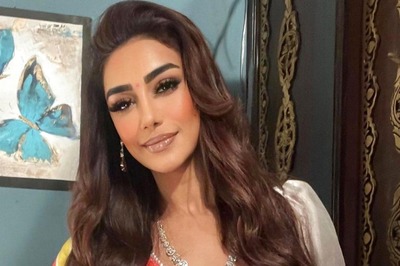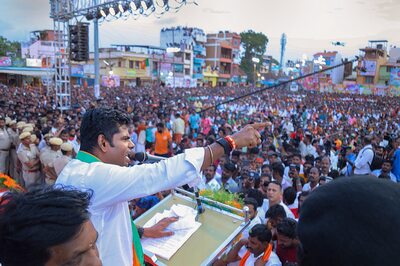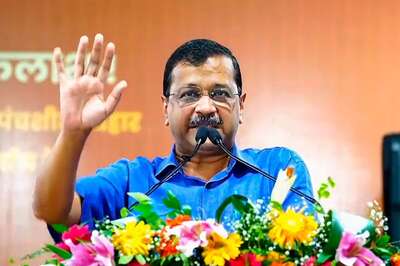
views
CHENNAI: During the earlier period of the East India Company in India, it was a common practice for British men to take Indian women as wives, for the lack of British women in the country. The children of such inter-racial marriages were known as Eurasians. But as the 19th century progressed, British women began arriving at the sub continent, and the trend of inter-cultural marriages came to an abrupt halt. As a result, such Eurasians, also known as Anglo Indians, were neglected by both Indians and British. This was among the interesting information that contoured the lecture on Anglo Indians as part of the Madras Week Celebration, held at the GRT Grand Days. Harry Mclure and Richard O Connor from Anglos in the Wind, a national Anglo Indian magazine, read out articles published in the magazine over the last 10 years, that capture the history and essence of Anglo Indians in Madras, especially in areas of Santhome, Royapuram, Perambur, Pallavaram. The lecture was an insight as to how a new community evolved and marginalised later with unfriendly environment. Anglo-Indian children were sent to England for studies, after which they came back to India to predominantly serve in the police or military, the railways, the telegraphs, customs and excise, etc. It was a period of prosperity during 1600-1785 for the Anglo Indians when they were almost more in number than the British themselves. On 14 March, 1786, an order by British authorities that prohibited Anglo Indian children from going to England for education was promulgated. In 1791, they were denied posts in the civil, military and marine services, except as wipers and drummers.The Anglo Indian community continues to live as a minority within a minority. In the article by a subscriber of the magazine, she reminisces about Royapuram, many decades ago, which was primarily occupied by Anglo Indians. She has described in her writing the unhurried atmosphere that the vibrant community lived in, with tales of Chinese-owned hairdressing salon, specialising in just one style — short hair with bangs in the front. Most of the Anglo-Indian girls sported this look in a colourful frock. A piece on the governor’s band by Dr Beatrix D’Souza, a Member of Parliament in the 90’s, illustrated the protected, yet magical lives of Anglo Indian band children, with summers in Ooty and the rest of the days at the governor’s house at Madras. Experiences at the Guindy Lodge were also shared. Memories of Christmases on the streets with wine, kul, kuls, guitars and pianos were recalled through the writings, with stories of men discussing current events while shopping for the Sunday lunch meat. The stories also included Anglo-Indian women, gathering at Spencers, to buy imported cheeses, mustard and spices, bringing a few pleasant memories to the Anglo Indians in the audience.




















Comments
0 comment